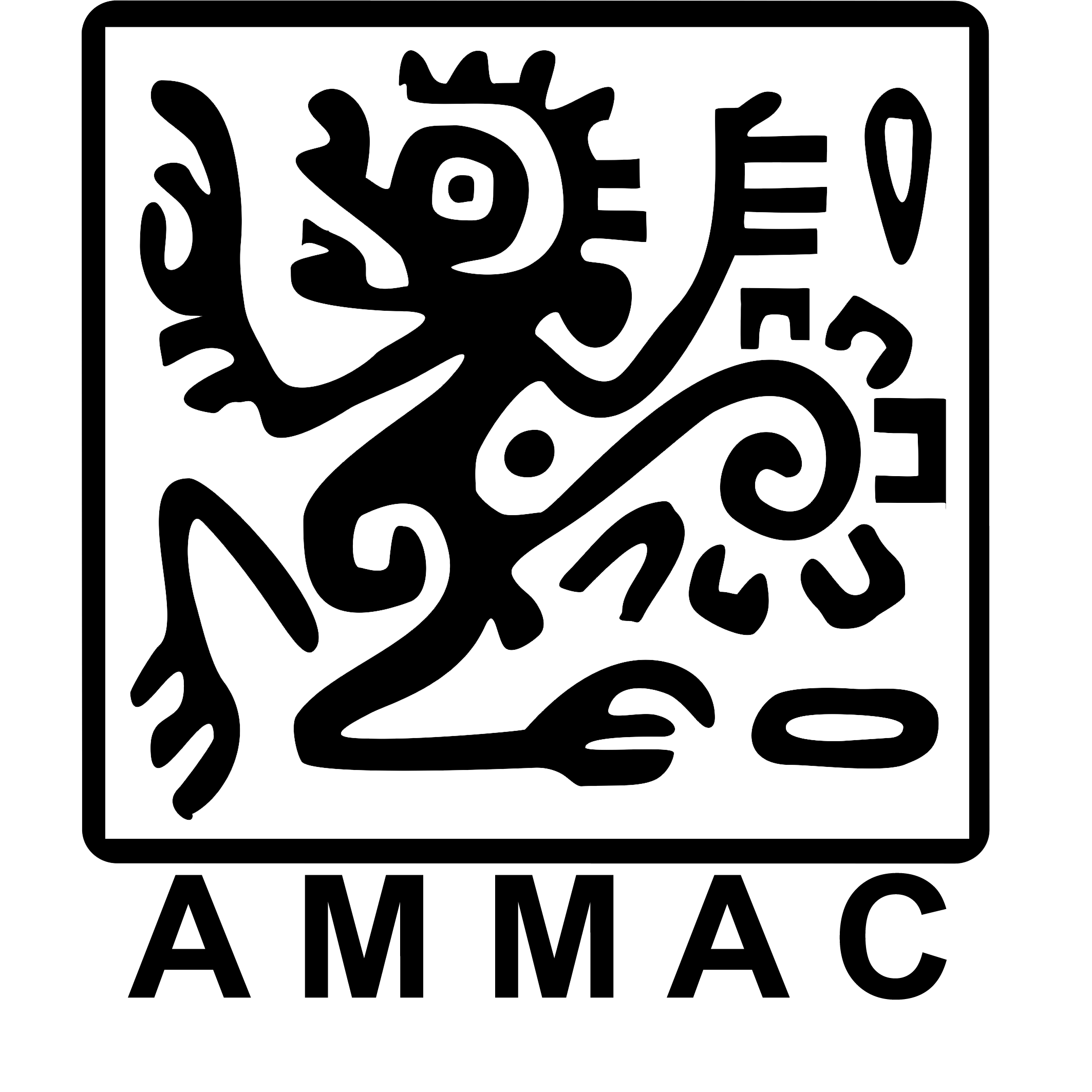Predation attempt of Phyllostomus hastatus on Artibeus jamaicensis in Panamá
DOI:
https://doi.org/10.12933/therya_notes-24-184Keywords:
Behavior, Chiroptera, diet, foraging, omnivore, predationAbstract
The family Phyllostomidae includes the species Phyllostomus hastatus, which is distinguished by its large size and wide distribution; it is an omnivorous bat that feeds mainly on invertebrates and fruits. However, there are reports of predation on small vertebrates, such as bats, of which the cases documented in the scientific literature are usually few. Using 2 5-ring mist nets, 12 m long by 2.5 m wide, placed mainly at ground level on the banks of the Pedro Miguel River, in an area of secondary tropical lowland vegetation, captures were made by monitoring the abundance and richness of bats in Camino de Cruces National Park. On July 30, 2024, in Camino de Cruces National Park, Panamá, we reported a predation attempt by P. hastatus on Artibeus jamaicensis. To the best of our knowledge, this constitutes the first predator-prey interaction between both bats and highlights the opportunistic role of P. hastatus as a predator.
Downloads
Published
How to Cite
Issue
Section
License
THERYA NOTES is based on its open access policy allowing free download of the complete contents of the magazine in digital format. It also authorizes the author to place the article in the format published by the magazine on your personal website, or in an open access repository, distribute copies of the article published in electronic or printed format that the author deems appropriate, and reuse part or whole article in own articles or future books, giving the corresponding credits. The Creative Commons CC BY-NC-SD license is used.![]()















